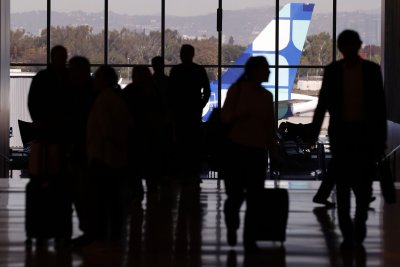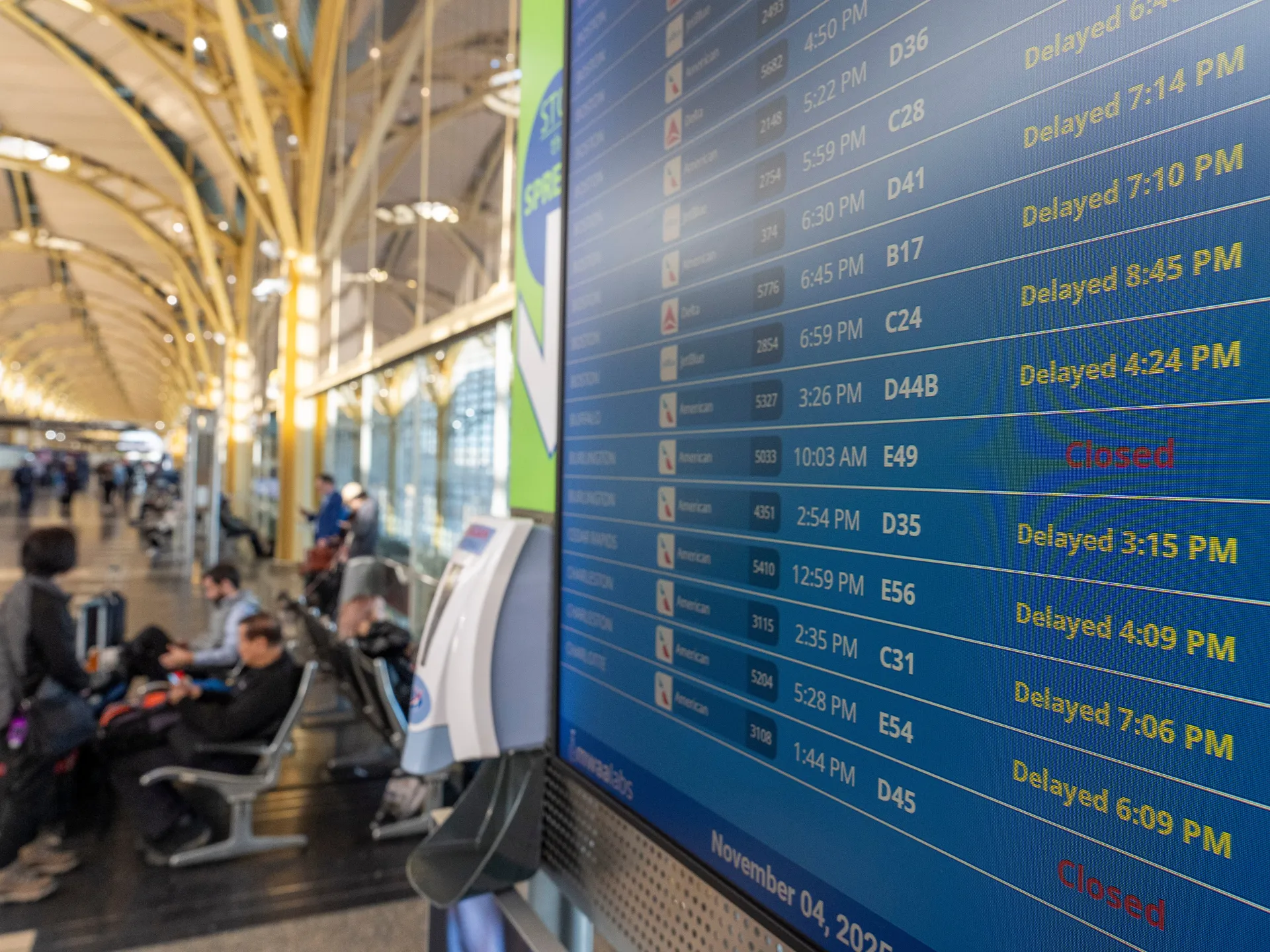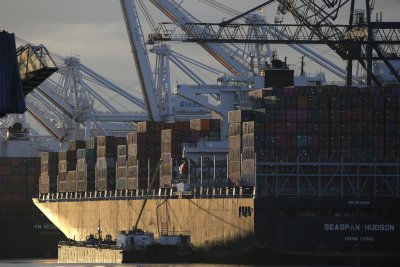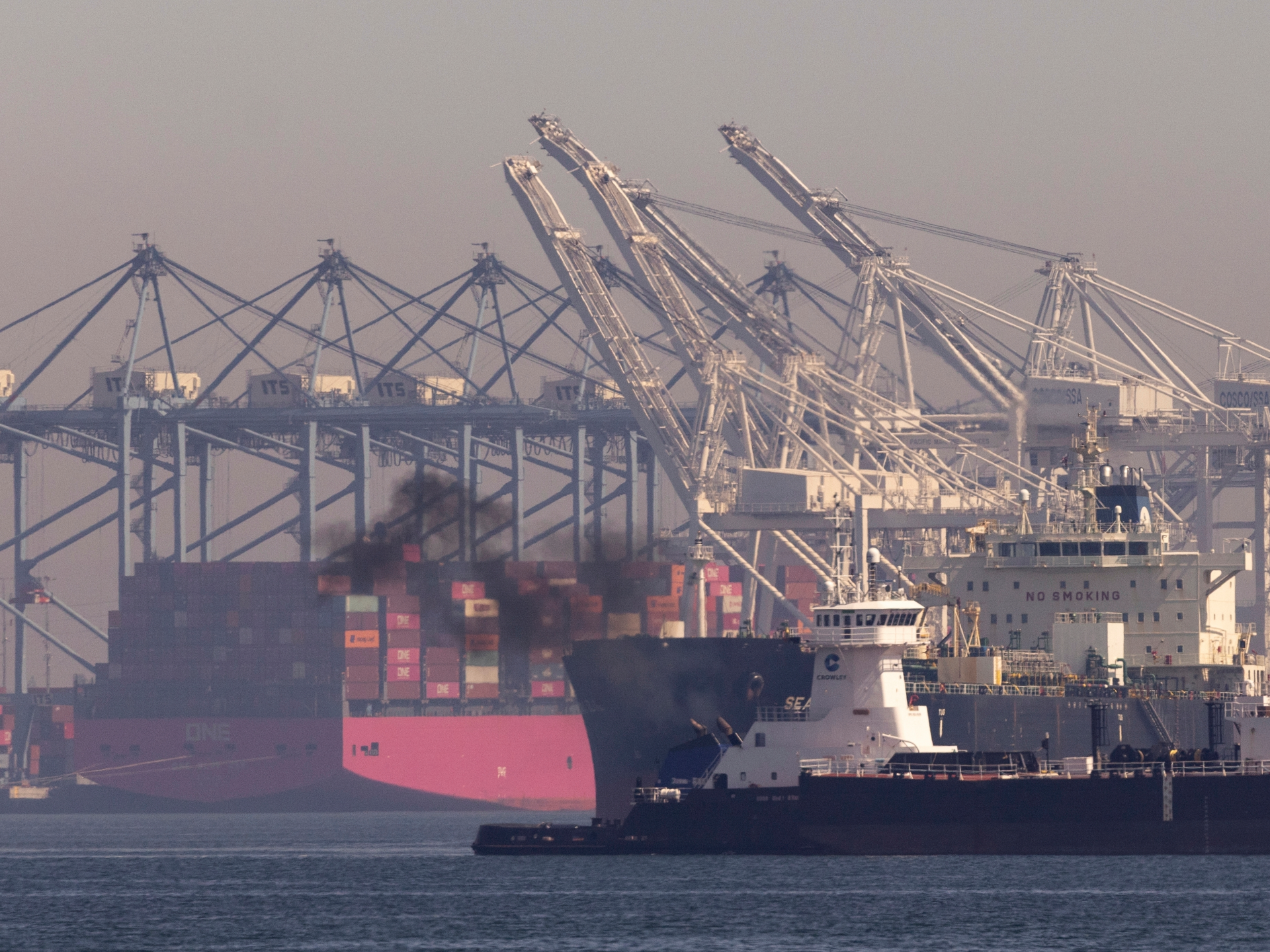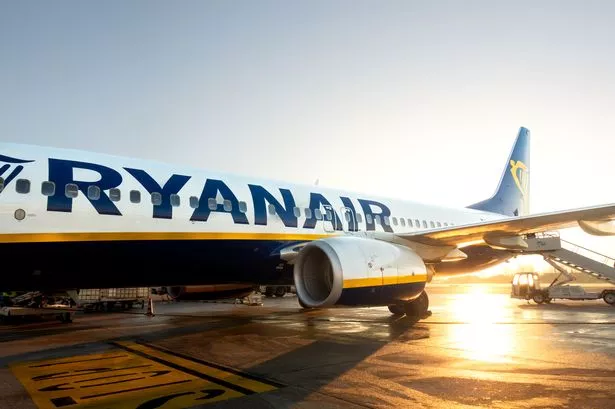Budget airline Ryanair has announced it is reducing capacity in another European hotspot this winter over a tax row with the German government – it comes after cuts to routes in Belgium and Spain
Ryanair has revealed plans to reduce its capacity in Germany this winter, following earlier route cuts in Spain and Belgium. The move will affect 24 routes across nine German airports, reducing the airline’s carrying capacity by 800,000 for the season.
The decision comes amid a tax dispute with the German Government. Ryanair is urging Germany’s transport minister to lower the costs of air travel in the country, claiming that current charges are reinforcing Lufthansa’s alleged “monopoly” in the region.
The Irish airline has warned the German government that it will relocate this cut capacity to other EU countries unless the 24% aviation tax increase introduced in May 2024 is reversed and air traffic control charges are reduced.
Speaking from Berlin, Ryanair’s CMO, Dara Brady, said: “It is very disappointing that the newly elected German Government has already failed to deliver on their commitment to reduce the regressive aviation tax and sky-high access costs which are crippling Germany’s aviation sector.
“As a result, Ryanair has been left with no choice but to reduce our Winter ’25 capacity by over 800,000 seats and cancel 24 routes across 9 high-cost German airports. This completely avoidable loss of connectivity will bring our capacity below Winter ’24 levels and will have a devastating impact on German connectivity, jobs, and tourism.”
The carrier told ministers that German air traffic will keep falling unless the nation becomes more competitive alongside other European destinations. But it also highlighted that if officials choose to slash costs, Ryanair could potentially double passenger numbers and generate more than 1,000 extra jobs across the country.
Ryanair’s reductions will affect the following airports, among others:
- Berlin
- Hamburg
- Memmingen
- Dortmund
- Dresden
- Leipzig
Germany transforms into a tourism magnet during winter months thanks to its famous Christmas markets. Plus the snow-covered landscapes of the Black Forest is an idyllic backdrop couples flock to for a cozy winter break.
Ryanair’s declaration follows shortly after it announced a 16% cut in its carrying capacity across Spain. Last month, the budget airline disclosed this was also down to a row over airport charges.
At the end of August, Ryanair slashed its operations to Brussels Airport by 6% citing “high” airport fees. CEO Michael O’Leary also confirmed the carrier wouldn’t be rolling out any expansion schemes in Belgium this winter because of the extra levies.
